 Wildfire Readiness.
Wildfire Readiness.
Are you and your family prepared for a wildfire?
What to do BEFORE a Wildfire:
- Create defensible space to separate your home from flammable vegetation and materials (minimum 30 ft)
- Learn your local fire and building codes and weed abatement ordinances. Follow them closely.
- Do not allow electrical wires to come in contact with any vegetation on your property. Do not trim power lines yourself. Call a professional instead.
- Make sure there is no overhang above your chimney.
- Prune branches lower than 8 feet from the ground.
- Keep nearby trees healthy – trim dying branches and cut down dead trees.
- If you stack firewood, make sure it’s a healthy distance from your home. The area surrounding your stack should be clear.
- Keep roof surfaces clear of debris.
- Clean chimneys and check and maintain spark arresters twice a year.
- Keep rain gutters clear of debris.
- Use approved fire-resistant materials when building, renovating or retrofitting structures.
- Be sure your house numbers show clearly from the street, both day and night.
- Combustible or flammable materials should be stored in approved containers.
- Store all important papers in a fireproof container or keep copies at another location.
- Make evacuation plans with family members. Include several options for an outside meeting place and contact person. Practice regularly.
- Keep battery-operated radios and flashlights with additional fresh batteries on hand.
What to do DURING a Wildfire:
- Stay informed – Turn on a TV or radio to get the latest emergency information.
- If you have a ladder, prop it against the house. Make it so you and firefighters have access to the roof.
- If hoses and adequate water are available set them up. Fill buckets with water.
- Remove combustible material from the area surrounding the house (lawn chairs, tables, etc.).
- Turn a light on in each room for visibility in case of smoke.
- Open or take down flammable drapes and curtains.
- Close all Venetian blinds and non-flammable window coverings.
- Move upholstered furniture away from windows and sliding glass doors.
- Be ready to evacuate all family members and pets when requested to do so.
- Turn off air conditioning/air circulation systems.
- Detach electrical garage doors. Back in your car and leave the keys in the ignition.
- Secure your pets if possible.
What to do AFTER a Wildfire:
- Check with fire officials before attempting to return to your home.
- Use caution when re-entering a burned area – flare-ups can occur.
- Check grounds for hot spots, smoldering stumps, and vegetation. Use your buckets of water.
- Check the roof and exterior areas for sparks and embers.
- Check the attic and throughout the house for hidden burning, sparks and embers.
- Continue to check for problem areas for several days.
- Contact 911 if any danger is perceived.
Was This Helpful? Get More Content Like This!
Join Our Public Broad & Bright List Below

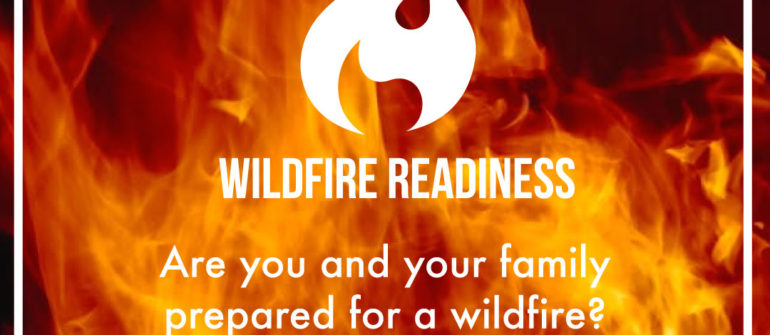
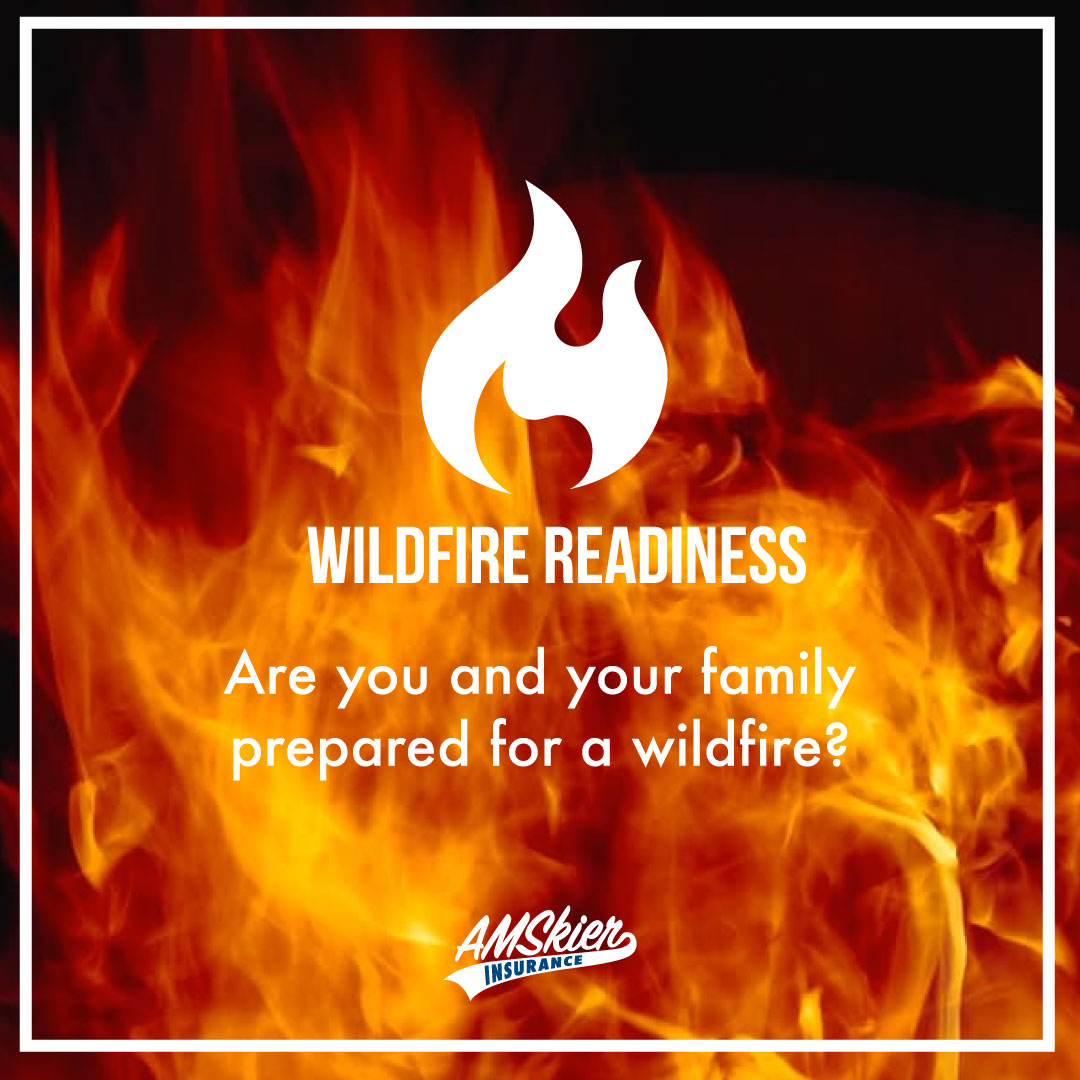 Wildfire Readiness.
Wildfire Readiness. 



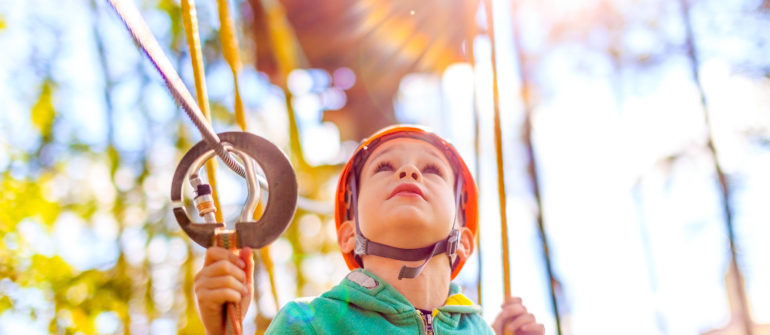

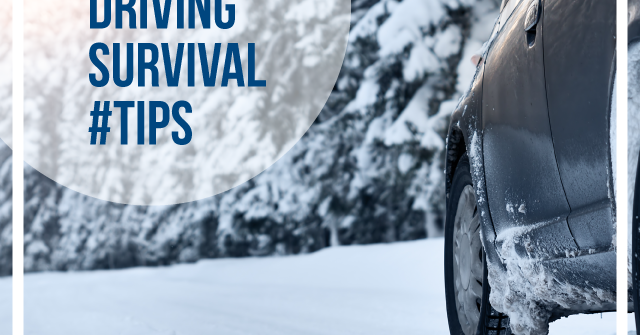
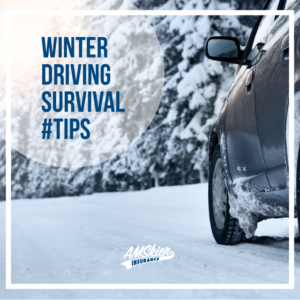 Cold temperatures and icy roads can create hazards for drivers. Are you and your vehicle prepared for these hazards? Do your best to make this winter driving season is a safe one.
Cold temperatures and icy roads can create hazards for drivers. Are you and your vehicle prepared for these hazards? Do your best to make this winter driving season is a safe one.
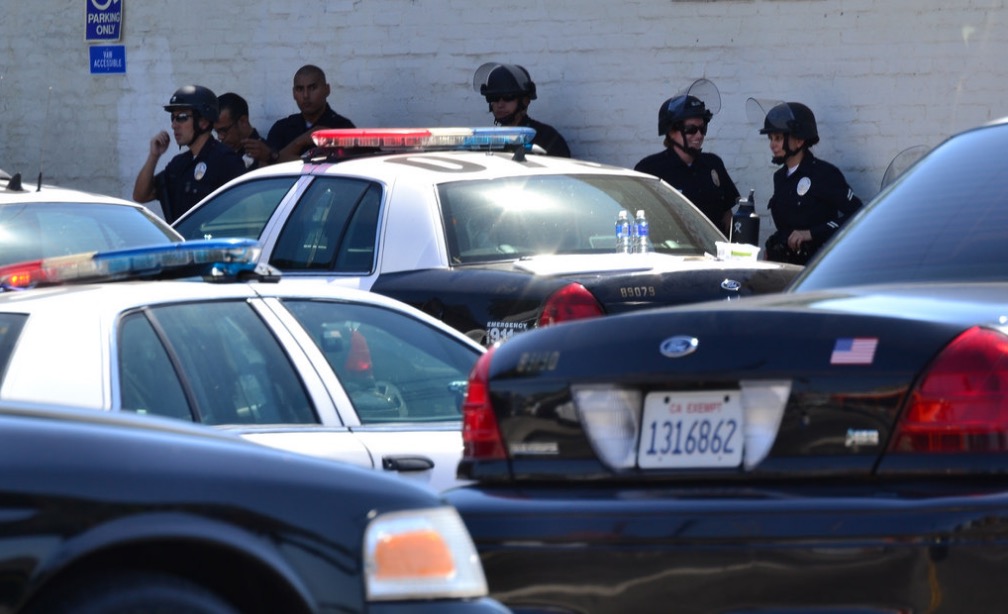 A gunman killed 49 people and wounded 53 at a crowded gay nightclub in Orlando, Fla., early Sunday morning in the deadliest mass shooting in American history. The shooter was a lone gunman. Just last year, 5 young men were arrested for driving recklessly through a Pennsylvania Jewish summer camp, firing paintballs and spewing anti-Semitic slurs. It’s not too hard to imagine how these angry men could have taken their hate to the next level. In Norway, on July 22, 2011, two political extremists and sequential lone gunmen killed 77 at a Workers Youth League-run summer camp.
A gunman killed 49 people and wounded 53 at a crowded gay nightclub in Orlando, Fla., early Sunday morning in the deadliest mass shooting in American history. The shooter was a lone gunman. Just last year, 5 young men were arrested for driving recklessly through a Pennsylvania Jewish summer camp, firing paintballs and spewing anti-Semitic slurs. It’s not too hard to imagine how these angry men could have taken their hate to the next level. In Norway, on July 22, 2011, two political extremists and sequential lone gunmen killed 77 at a Workers Youth League-run summer camp.